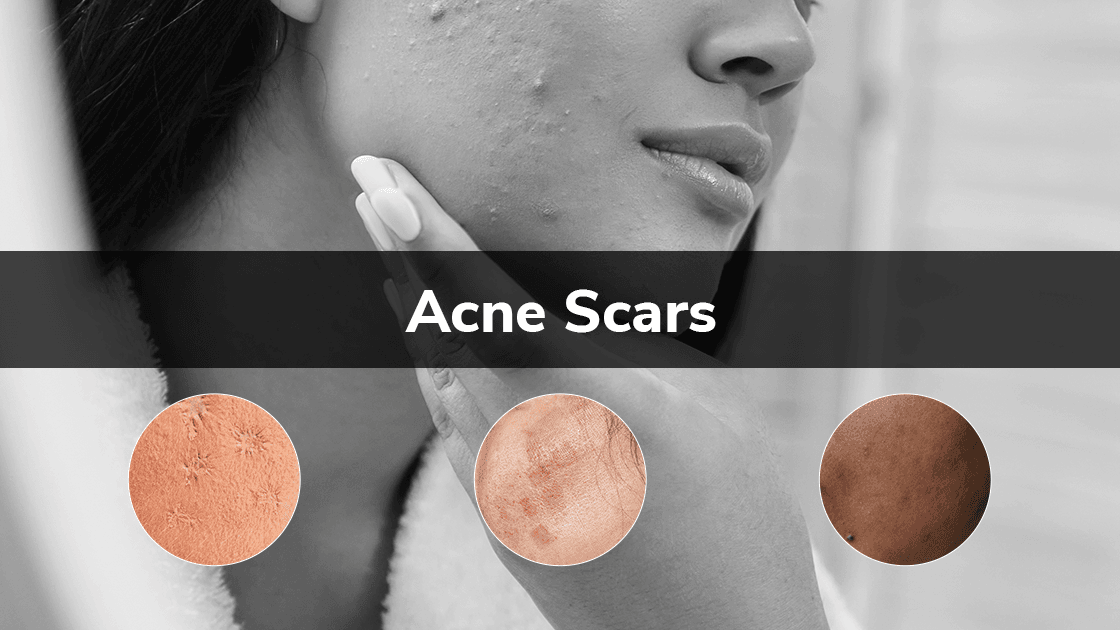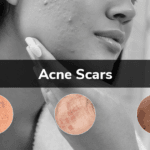As you embark on the journey of pregnancy, you might find yourself grappling with various changes, including unexpected hair growth. Many expectant mothers consider laser hair removal to manage this issue, but is it a safe option? Let’s delve into how laser hair removal works, its safety during pregnancy, and alternative methods for managing unwanted hair.
How Does a Laser Hair Removal Treatment Work?
Laser hair removal is a cosmetic procedure that uses concentrated beams of light to target and destroy hair follicles. During the treatment, a laser emits a light that is absorbed by the pigment in the hair. This process damages the follicles, reducing hair growth over time. Typically, multiple sessions are required for optimal results, as hair grows in cycles and not all hair is in the same growth phase at the same time.
The procedure is known for being relatively quick, with sessions lasting from a few minutes to an hour, depending on the treatment area. Patients often describe the sensation as similar to a rubber band snapping against the skin. While some might experience mild discomfort, most find the process manageable.
Is Laser Hair Removal Safe During Pregnancy?
When it comes to laser hair removal during pregnancy, there is a significant lack of research specifically addressing its safety. Most practitioners advise against the procedure while pregnant due to limited studies on its effects. While the laser is targeted at hair follicles, the potential for skin sensitivity and hormonal changes during pregnancy can complicate outcomes.
The main concern revolves around the increased sensitivity of the skin. Hormonal fluctuations can cause skin to react differently to treatments. For some women, this could result in heightened pain or irritation. Additionally, the effects of laser energy on developing fetuses remain largely unstudied.
Given these uncertainties, many healthcare providers recommend postponing laser hair removal until after childbirth. However, if you are considering the treatment, it’s essential to discuss your specific situation with a qualified professional who can provide tailored advice.
Managing Pregnancy Hair Growth Changes
During pregnancy, hormonal changes can lead to increased hair growth in various areas of the body, including the face, belly, and legs. While this can be frustrating, it’s a common experience for many women. There are several ways to manage unwanted hair growth during this time without resorting to laser treatments.
Shaving: This is the most common and safe method for managing hair growth during pregnancy. It’s quick, painless, and can be done at home. However, be cautious to avoid cuts and irritation.
Waxing: Many women opt for waxing, which can be safe during pregnancy. It removes hair from the root, leading to longer-lasting results. Just be aware that skin sensitivity may increase during pregnancy.
Depilatory Creams: These creams dissolve hair at the skin’s surface. However, it’s crucial to perform a patch test first, as skin sensitivity can vary during pregnancy.
Electrolysis: This method involves using an electric current to destroy hair follicles. While more time-consuming than laser hair removal, it can be an effective option. However, consult your healthcare provider before proceeding.
Potential Risks
While exploring hair removal options during pregnancy, it’s essential to be aware of potential risks. Hormonal changes can lead to increased skin sensitivity and pigmentation, which might make your skin more reactive to treatments.
Laser treatments could cause burns, blisters, or discoloration, particularly if the skin is not in its usual condition. Always consult a healthcare professional before undergoing any treatment to ensure your safety and the health of your baby.
How to Address Unwanted Hair While Expecting
While pregnancy can come with unexpected hair growth, it’s crucial to prioritize your safety and that of your baby. Consult with your healthcare provider for advice tailored to your individual situation. For now, consider safe and effective hair removal methods like shaving or waxing.
Remember, your body is undergoing significant changes, and it’s perfectly normal to feel self-conscious. Embrace this time, and focus on self-care and comfort. After your baby arrives, you can revisit laser hair removal as a viable option.








